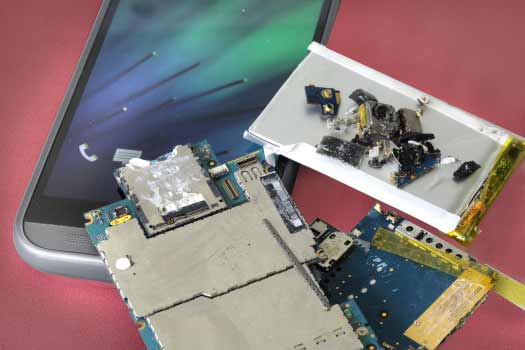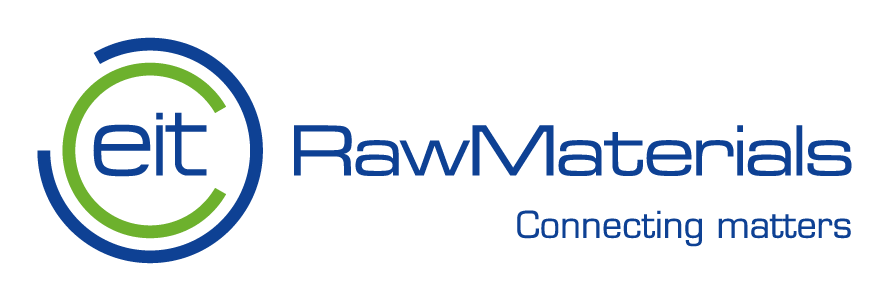Equipment with displays are raw material sources for vital trace metals

Waste electrical and electronic equipment (WEEE) is not only a secondary raw material source for valuable noble metals such as gold, silver and copper but is also an important raw material source for so-called vital trace metals. A medium to long term supply of the latter is deemed vital for European industry - either because there is a shortage of natural resources or due to poor accessibility of the materials for Central Europe. The vital metals are required for the production of many high-tech products, for example indium for liquid crystal displays (LCDs), organic light emitting diodes (OLEDs), touchscreens, and solar cells, and cobalt for lithium ion batteries.
Batteries hamper the recycling of equipment with displays
Mobile phones, smart phones, and tablets are a growing fraction of WEEE. In general, such devices cannot be economically disassembled due to their compact and complex design. At the same time, lithium ion batteries in defective and/or old equipment pose a risk for the handling of such equipment. This means that either manual disassembly of the batteries or purely thermal treatment must be carried out.
Optimized recycling process allows the recovery of valuable raw materials
The objective of the DISPLAY research project is to recover selected valuable metals and plastics by using new and optimized disassembly, sorting, and recycling processes, careful automated removal of batteries, and optimized post-treatment of the battery-free residual fractions. This will lower the strategic dependence on raw material imports and will reduce the environmental impact when disposing of this waste equipment.
This approach will remove the current barriers associated with the recycling of end-of-life equipment with displays, namely battery removal and effective data deletion. Both issues are guaranteed using electrohydraulic shredding and this approach offers customers and the recycling industry key benefits.
The DISPLAY project is also concerned with the recycling of plastics from equipment with displays. The housings of such equipment are made from valuable engineering plastics such as polycarbonate (PC), ABS, and polyamide and contribute up to 30% of the total weight.
In collaboration with SUEZ SE (France), CEA (France), and ENEA (Italy), the Fraunhofer Institute for Process Engineering and Packaging IVV and the Fraunhofer Research Institution for Materials Recycling and Resource Strategies IWKS are developing and evaluating new and effective recycling processes. The project work is being supported by studies on the recycling of equipment with displays, the analysis and evaluation of valuable material fractions, and cost analysis and life cycle costing.
| Project term: | 2017 to 2020 |
| Project management /project funding: | EIT RawMaterials |
| Publications: | Ueberschaar, Maximilian; Schlummer, Martin; Jalalpoor, Daniel; Kaup, Nora; Rotter, Vera Susanne: Potential and recycling strategies for LCD panels from WEEE. Recycling 2 (2017), No.1, Art. 7, 19 pp. |


 Fraunhofer Institute for Process Engineering and Packaging IVV
Fraunhofer Institute for Process Engineering and Packaging IVV